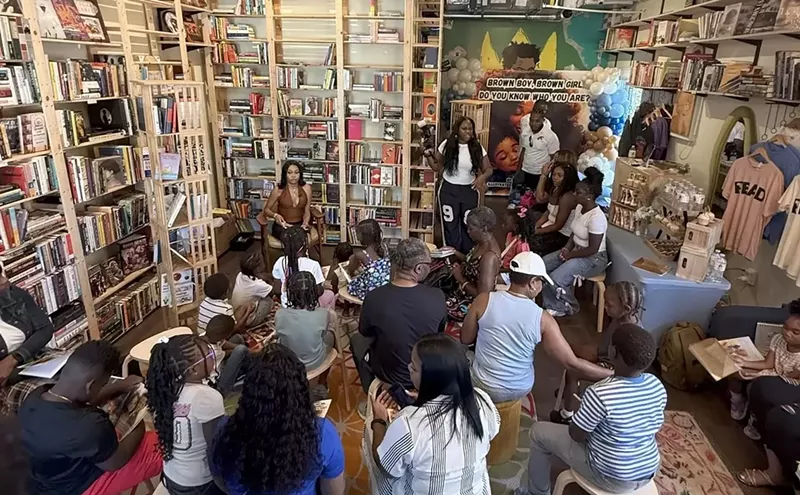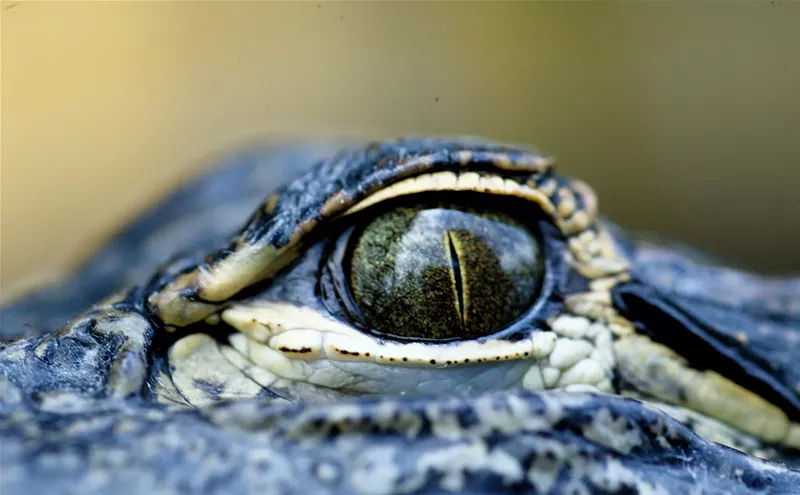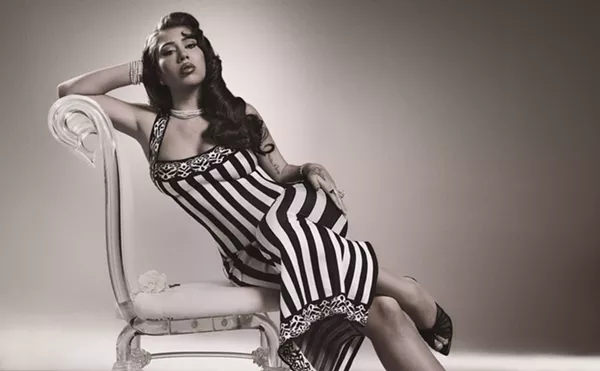This painting is a really big deal, and according to the Bass, I'm the first person to write about it for the local English-language press since its installation in February. About this, I am appalled. My underpants are not just in a knot -- they're macraméed.
I don't have a problem with twentysomething artists getting shows in our local museums. But if this is happening while Botticelli can't get a review, something is wrong. It is evidence that local knowledge of art history begins with Andy Warhol, if not Jeff Koons. It shows an unwillingness or inability to deal with the masters -- their skill, their passion, and their ability to fuse the two. Is so much credibility and money invested in minor young artists that having something major around is a threat? Have people equated "new" and "exciting" for so long that the old has become invisible? Well, listen up: Art as good as this Coronation exists, and a lot of contemporary art just stinks in comparison. It's not a case of likening apples and oranges. Artists have always sought to innovate, but they used to seek to improve at the same time. People say that all that old stuff isn't relevant, but they're just trying to get off the hook. When it's not good, the new stuff isn't relevant.
Elsewhere in "Treasures from the Collection," there's a Holy Family with Angel by Flemish artist Marcellus Koffermans. The painting has darkened a bit (look at the grapes), but the red of Mary's robe goes off like a gunshot. A Flight of Lot attributed to Rubens and his studio has everything that Rubens can offer -- translucent flesh, sumptuous fabrics, and a rosy angel. The treat of this painting is the forlorn blond woman looking down at a basket she carries, full of golden goblets, as if it were loaded with trash; her mind is on her family's banishment and the harsh justice of God. Rubens isn't known for rendering pathos, but here the whole family looks convincingly pissed. The only one who seems eager to go with the angel into the unknown is the dog in the lower left corner.
A concurrent exhibition by Belgian sculptor Johan Creten has been arranged to spill out into "Treasures." It was a clever move, allowing a round-backed figure on a high pedestal to echo the upraised arm of Venus in Ferdinand Bol's Venus and Adonis. Also, a bosomy, half-melted red figure entitled I am a Good Horse on a Soft Brick can be seen to resemble a Madonna and Child on a Crescent Moon from eighteenth-century Austria. They share similar colors and metallic surfaces, and one can imagine the crown on the Mary and the necklace of birds on the Creten to be equivalent.
Creten has been an artist-in-residence at the Bass since 2001. He combines human, animal, and abstract forms in stoneware and glazes them with florid colors. At the entrance of his show is Why Does Strange Fruit Always Look So Sweet?, a ten-foot-high blue male figure enveloped from head to knees by hanging orange tubers. Eye level is about mid-shin, so it towers over the viewer. There's something comic about it, not unlike a collage by Terry Gilliam (of Monty Python fame), but it has a stateliness as well. Drifter on Española Way is a smiling, golden-faced woman with a hanging lump of hair, looking like a seated bronze Buddha that has been briefly immersed in lava. What's striking is that despite the idealization and abstraction, I think I recognize her from Lincoln Road; it's an impressive feat of melding the observed and the invented.
Some of his works seem constrained, particularly the pleasant but tepid female torsos constructed from sculpted flower petals. A similar bronze torso covered in a honeycomb pattern seems almost prudish. The racier works are better, such as a stoneware piece in which a rumpled figure deprived of her head, arms, and shins is covered in a dark corrugated material (think of a wingless Nike of Samothrace dressed in charred crepe), with her breasts bright red and hanging out like a giant tongue. There's also a series of decapitated Medusa heads, one of which lies on its side, screaming in pain, with turquoise octopus tentacles coming out of its scalp instead of snakes. Other works abstract the human body beyond recognition and resemble swirling corals or colorful sponges. The Bass is full of skill and passion these days, and worth a visit.












